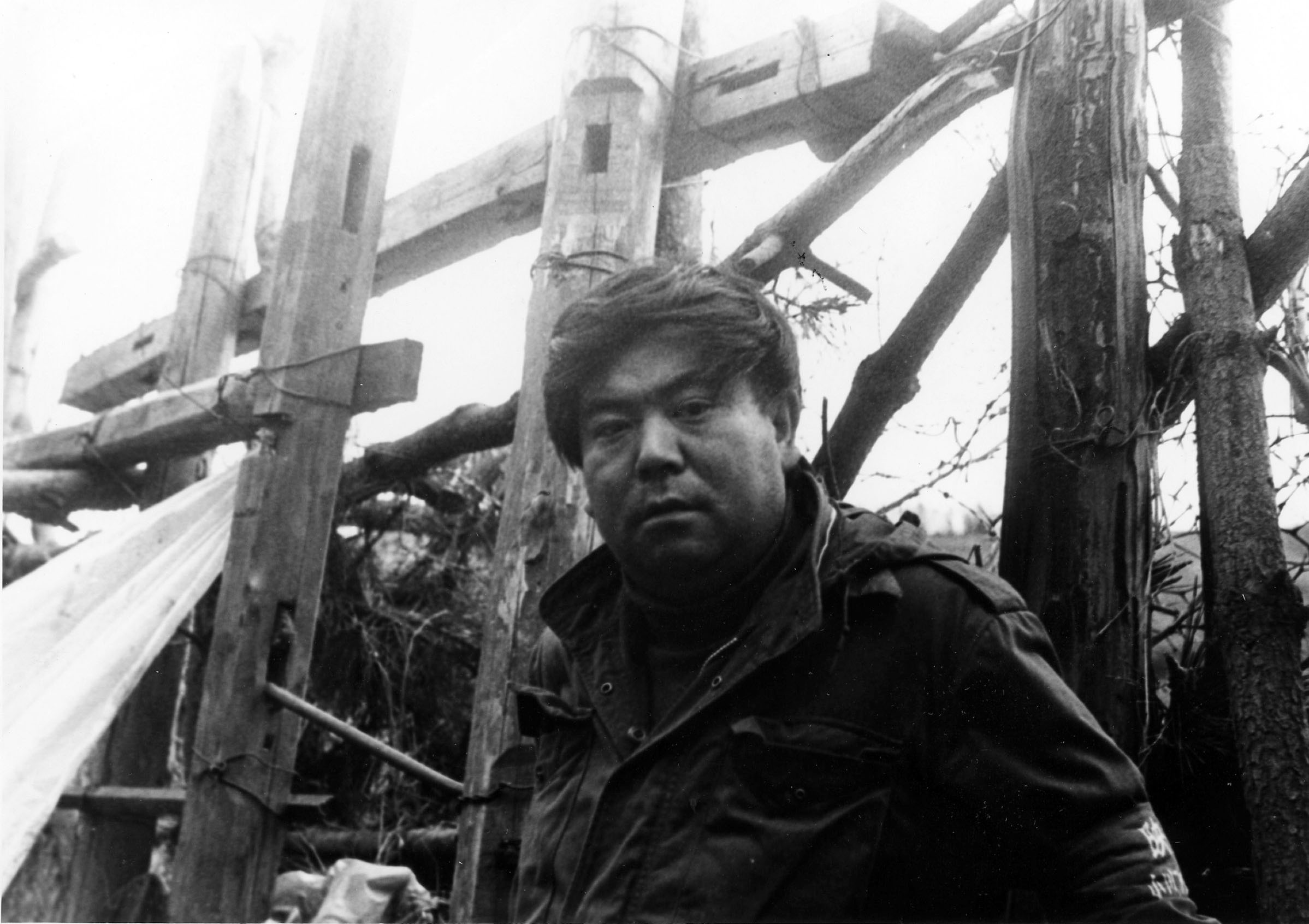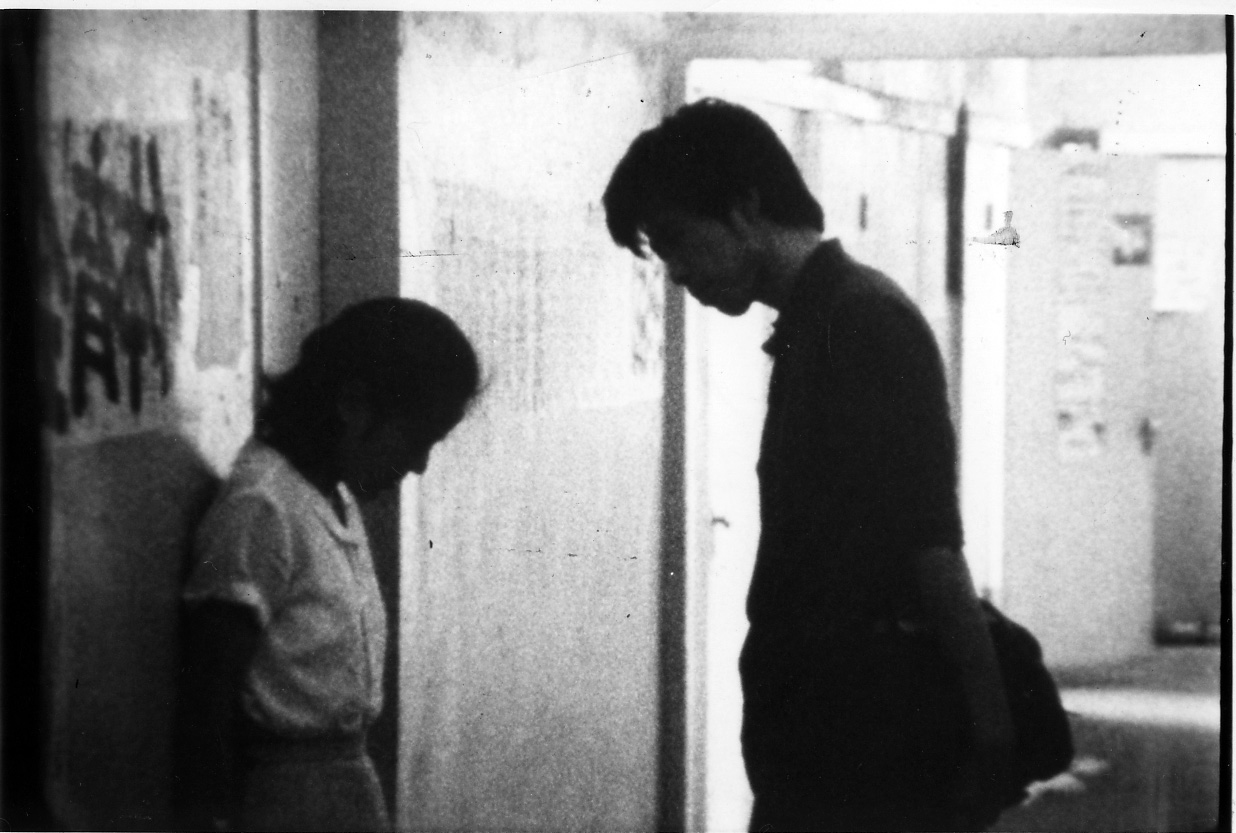The Oppressed Students
OGAWA Shinsuke
- Japan
- 1967
- 103min
- 12 +
- DCP
- black and white
Synopsis
In 1967, a group of students from Takasaki University of Economics built a barricade in the student center and started to occupy the area. The struggle was to criticize the admission scandal, the ties with the local political relations and to demand freedom of speech. Director Ogawa Shinsuke and his colleagues bring cameras to the site of protests to capture students’ every move. The film captures the details of the year that became the catalyst of the student movement that swept Japan in the late 1960s.
Review
In the 1960s, the struggle of the younger generation against the established order was a global issue. In Japan, the signing of the US- Japan security treaty and damage to the peace constitution arose, as a result, protests of the younger generation centered around the universities. In his work Sea of Youth(1966) director Ogawa Shinsuke dealt with younger resistance fighting against the Japanese University system, in The Oppressed Students, Ogawa kept a year-long record of the occupation protest at Takasaki University of Economics. In the movie, the students criticize the widespread corruption of entrance exams and the unbreakable ties with the local government, leading them to cry out for independence and freedom of speech. Ogawa and his colleagues from the self-sufficient screening organization visit the site of barricades to go alongside the students. Ogawa acquires a sense of unity to the extent that he says: “everyone in the field was honest in front of the camera.” Based on that achievement, he captures the heated debate about the students’ every move and struggle in a short distance. This movie commenced his distinct film production method of placing the most meaning on the position of the camera and the direction of the eye line.
Director
-

OGAWA Shinsuke
Ogawa Shinsuke is one of the most influential Japanese documentarians after the war. His filmmaking collective, OGAWA PRODUCTION, was created in the late 1960s and produced a number of films, such as the NARITA and MAGINO VILLAGE series, which dealt with political conflicts and grassroots culture in Japan. In addition, he played a pivotal role in the establishment of the Yamagata International Documentary Film Festival.

